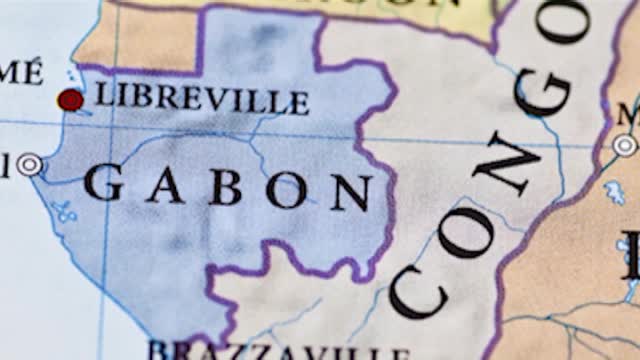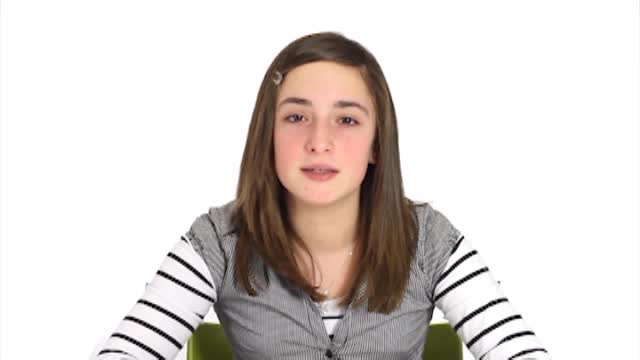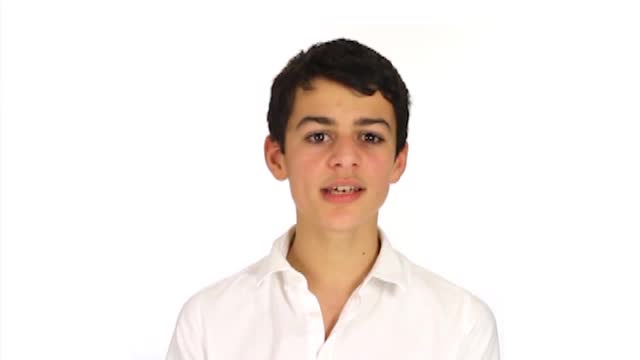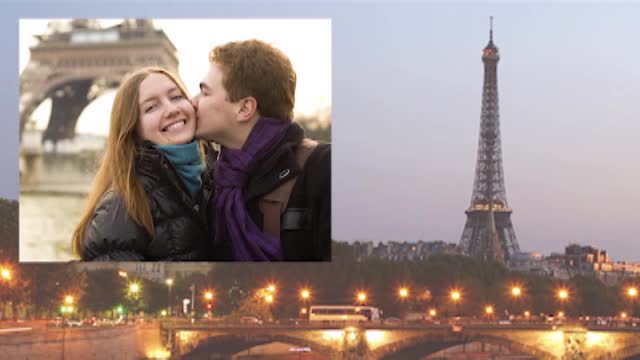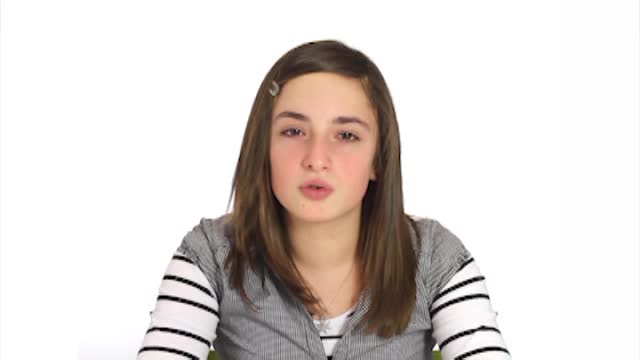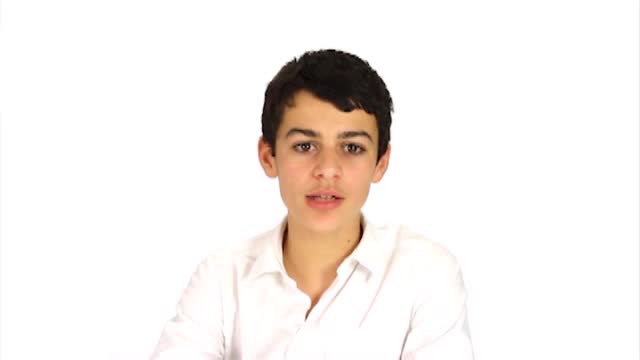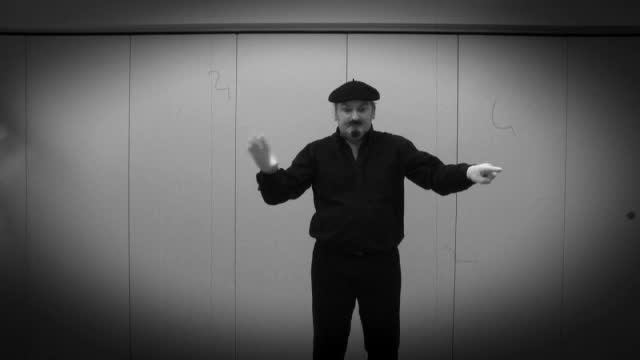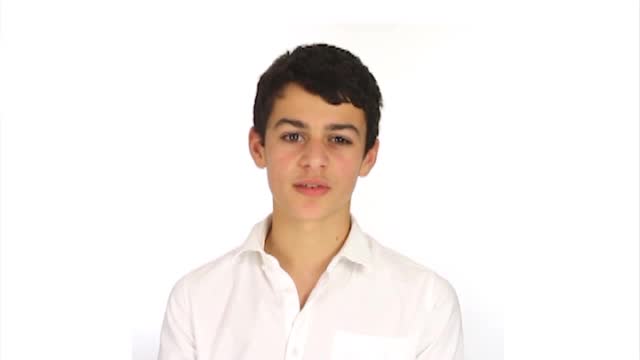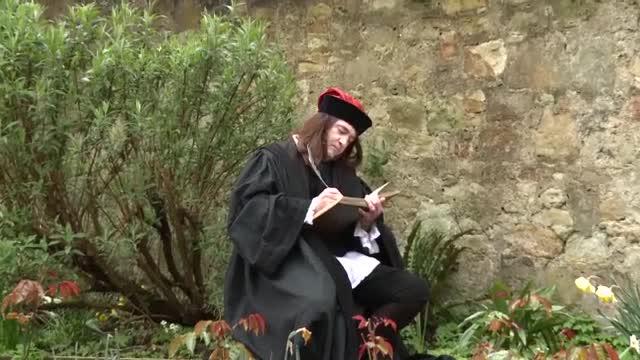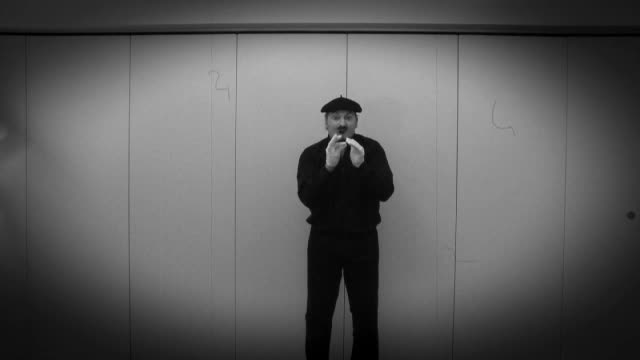Play Controls
Description
The video also has French subtitles that can be switched on or off using the caption button.
The video is part of the Passeport pour la Francophonie website, a modern languages resource for primary learners.Transcript
Teenage girl:
Chalut les amis, chat va bien ?…
Aujourd’hui, je vais vous parler de l’animal domestique le plus populaire dans le monde, un animal à 4 pattes qui a des moustaches, qui aime les souris c’est... ?
Oui, c’est le chat !
Les Egyptiens dans l’Antiquité ont domestiqué le chat. Ils appellent un chat "miw", ça s’écrit m.i.w
[prononciation: miou]
En France, le chat fait "miaou".
Et en Ecosse, qu’est-ce qu’il fait ?
Alors, les Egyptiens de l’Antiquité aiment particulièrement les chats, mais pourquoi ?
Et bien, premièrement, le chat est un animal protecteur. Il aime beaucoup les souris et les rats, miam miam ! Il protège le grain des agriculteurs égyptiens. Et aussi, il chasse les serpents !
Deuxièmement, le chat est gentil, il est doux et calme.
Les Egyptiens le respectent beaucoup.
Regardez, voici la déesse Bastet.
Bastet est la déesse de la fécondité et de la beauté. Elle est représentée avec une tête de chat.
Les femmes égyptiennes copient Bastet. Elles se coupent les cheveux comme Bastet et elles se maquillent comme Bastet : regardez leurs yeux ! Elles sont "belles comme des chattes" !
Dans les maisons, le chat est comme un fils ou une fille, un frère ou une sœur : c’est un membre de la famille !
Quand un chat meurt, son propriétaire se rase les sourcils. Il est triste, regardez.
Alors, le chat est momifié, comme ça :
Dans le sarcophage, il ya le chat momifié et... des souris momifiées. Le chat a faim ? Il mange une souris momifiée!
Le chat égyptien est l’unique chat qui possède naturellement des taches noires, comme un tigre !
Regardez dans votre Ebook, l’histoire de Miou, le chat égyptien. Il est gourmand !
Allez, chalut !!
Hello friends, cat ok? ...
Today I'll talk about the most popular pet in the world, a 4-legged animal that has a moustache, who loves mice is ... ?
Yes, it is the cat!
Egyptians in ancient times have domesticated the cat. They call a cat "miw", it is written m.i.w
[pronunciation: miou]
In France, the cat is "meow".
What is it in Scotland?
So, the ancient Egyptians particularly like cats, but why?
Well, first, the cat is an animal protector. He likes mice and rats, yum! It protects the grain of Egyptian farmers. And also, he hunts snakes!
Second, the cat is nice, he is gentle and calm.
The Egyptians have a lot of respect.
Look, here is the goddess Bastet.
Bastet was the goddess of fertility and beauty. She is depicted with a cat's head.
Egyptian women copy Bastet. They cut their hair like Bastet and wear make up like Bastet: look at their eyes! They are "as beautiful pussies!"
In their homes, the cat is like a son or a daughter, a brother or sister. It is a member of the family!
When a cat dies, its owner shaves its eyebrows. It is sad, look.
So the cat is mummified, like this:
In the sarcophagus, there is the mummified cat and ... mummified mice. The cat is hungry? He eats a mummified mouse!
The Egyptian cat is the only cat that has natural black spots, like a tiger!
Look in your E-book, the history of Miou, the Egyptian cat. It is greedy!
Goodbye!
Download
- Low Quality 240p (9.47Mb)
- Medium Quality 360p (16.25Mb)
